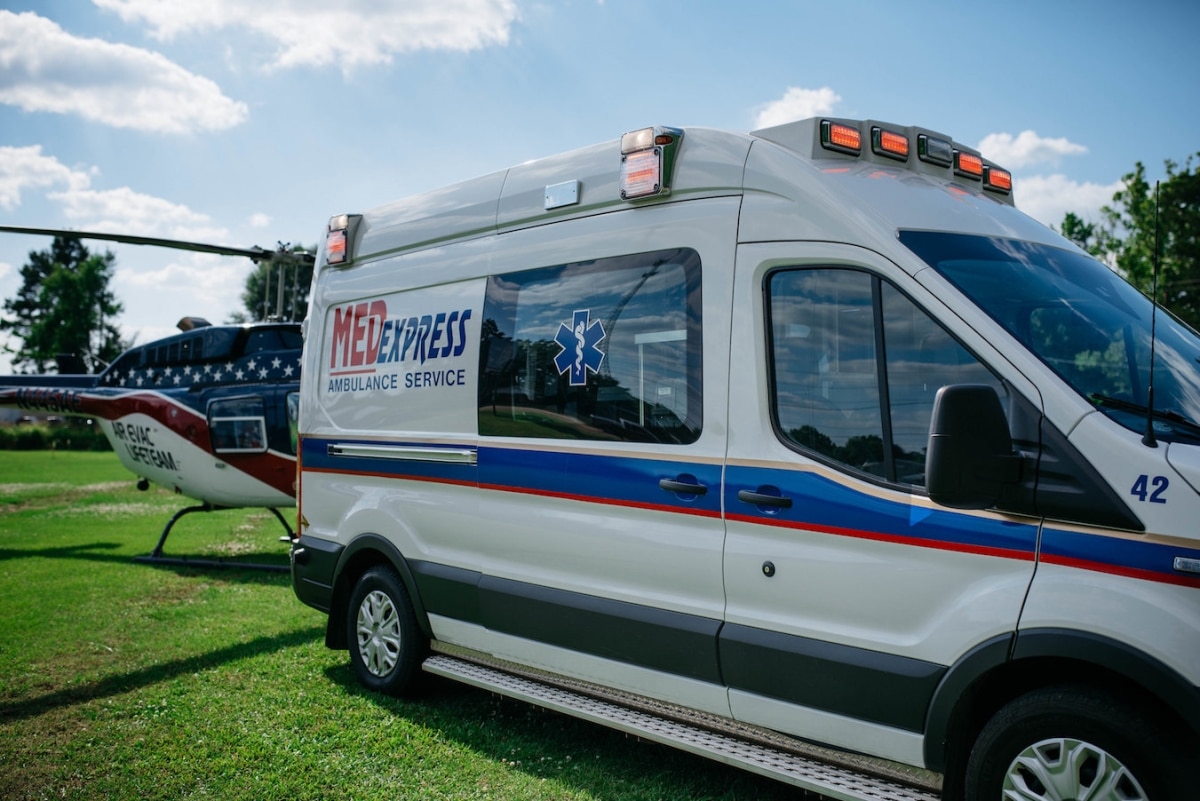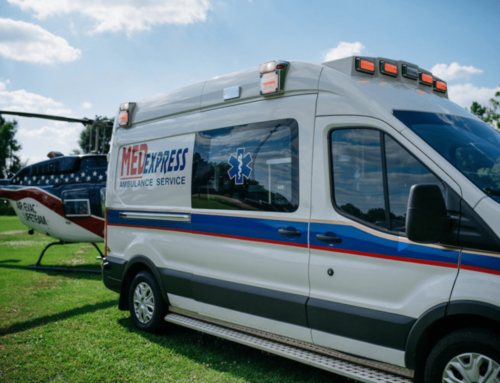Sirens, Lights, Now What?
When sharing the road with emergency vehicles, Louisiana’s Move Over Law tells you everything that you need to know – MOVE. OVER. Ok, it may not be quite that cut and dry, but it’s important to note, if you encounter an emergency vehicle on the road, especially one with its sirens on, then they’re probably heading somewhere more important than your destination. It can be stressful when you encounter emergency response vehicles on the road, but if you remember a few basic rules, then you can help the responders and officers safely do their job.
SWITCH OR SLOW?
Stopped Vehicles: When you encounter an emergency vehicle stopped on the road, whether its police, emergency medical services, or firefighters, you should always merge into the lane farthest away from the stopped vehicles. This allows room for the officers and responders to safely tend to the occupants of the stopped vehicle. Be sure to use your turn signal and look around for approaching traffic before merging. Every year, first responders die in the line of duty because of negligent drivers, struck by passing vehicles as they are administering aid on the road. If you are not able to move over safely, or if you encounter a stopped vehicle on a two lane road, then reduce your speed until after you have passed the vehicles.
Approaching Vehicles: When you encounter an emergency vehicle with its sirens and lights on, drivers should immediately move as close as possible to the right side of the road, safely yielding to the passing responders. This gives the emergency vehicles a clear path to reach their destination more easily, especially important when every second counts after an accident or medical emergency. Take care not to block intersections, driveways, and on-ramps. If you are approaching an intersection, stop and let the emergency vehicles pass, regardless of the color of the traffic light. Before you return to the roadway after the responding vehicle has passed, look around for additional sirens and lights of backup responders. Stay at least 500 feet behind the emergency vehicles and do not pass unless you are instructed to do so by an officer or other emergency personnel. Now, if the approaching emergency vehicle or law enforcement officer is traveling without lights or sirens, you can continue to maintain your course, following all the rules of the road.
AND IF YOU DON’T?
There are penalties, including fines up to $200, if you fail to abide by the Louisiana Move Over Law. All too often, we encounter backed up traffic, or worse – another accident, because of drivers rubbernecking or acting carelessly when encountering an active accident scene. Whether you’re on the same side of the road as the responders, or even the opposite, don’t text, take photos, or post on social media while driving. Officers can issue citations for those who fail to follow the law and move over or slow down when encountering an emergency vehicle. Sometimes you can dispute the charge, stating that you made efforts to yield or slow down, although let’s all do our best to avoid those situations by being alert and mindful when on the road.
First responders and law enforcement officers are here for the safety of all of us. While they are responding to a call or administering aid, it is our responsibility to maintain their safety by practicing safe driving techniques. As the team at MedExpress responds to emergencies, we value our safety as well as those receiving treatment. Learn more about your role on the road and let’s keep everyone safe and healthy!
Contact our team today with any questions you have.





